By Steven Weingartner
In autumn of bc 200 Philip V of Macedon (no relation to Alexander the Great) found himself in the unenviable position of being the ruler of a kingdom that had been invaded by a Roman army. Landing at the Adriatic port of Apollonia on the Illyrian coast, the Roman expeditionary force comprised two legions of battle-hardened veterans of the recently concluded Second Punic War (bc 218-201). Just two years
previous these men had fought under the great Publius Cornelius Scipio in Africa, smashing a Carthaginian army commanded by the even greater Hannibal, and, in the process, breaking Carthage as a major power in the western Mediterranean.
Having achieved victory over one of history’s most brilliant generals, Scipio’s legionaries returned to Italy, where they soon answered a call for volunteers to prosecute what became known as the Second Macedonian War. They were the best soldiers Rome could put into the field and Philip would have known this. What he didn’t know was the manner in which they fought.
He was in for a rude awakening. It came in the form of a minor clash between Roman and Macedonian cavalry patrols. The two forces, according to Roman historian Livy, “were not unfairly matched in numbers and courage,” a circumstance reflected in the outcome: They fought to a draw, with 35 Romans and 40 Macedonians slain. What set them apart was the weapons they used. The Macedonians were probably armed with lances; the Romans with a short, double-bladed, cut-and-thrust-sword: the Gladius Hispaniensis, or Spanish sword.
The Macedonians had been cut literally to pieces. Evidently unaware of this, Philip ordered the bodies of the Macedonian slain to be carried back to camp. The King had it in mind to honor the fallen with a special funeral service, “with the view of doing more to win the affections of his men and make them more ready to meet danger on his behalf.” His scheme miscarried badly: “The very thing which was expected to make them keener to face any conflict only inspired them with hesitancy and fear.”
As it happened, the troops were shocked by the appalling condition of the dead, all the more so because that condition was entirely unexpected. “Philip’s men,” Livy observed, “had been accustomed to fighting with Greeks and Illyrians and had only seen wounds inflicted by javelins and arrows and in rare instances by lances.
“But when they saw bodies dismembered with the Spanish sword, arms cut off from the shoulder, heads struck off from the trunk, bowels exposed and other horrible wounds, they recognized the style of weapon and the kind of man against whom they had to fight, and a shudder of horror ran through the ranks. Even the king himself felt apprehensive, though he had not yet met the Romans in a pitched battle.”
He would soon meet the Romans in such battle, however, at Cynoscephalae inThessaly, in bc 197. There his army would meet the same fate as his cavalry. Collectively and individually, the Macedonians would be butchered by Roman soldiers armed with the gladius.
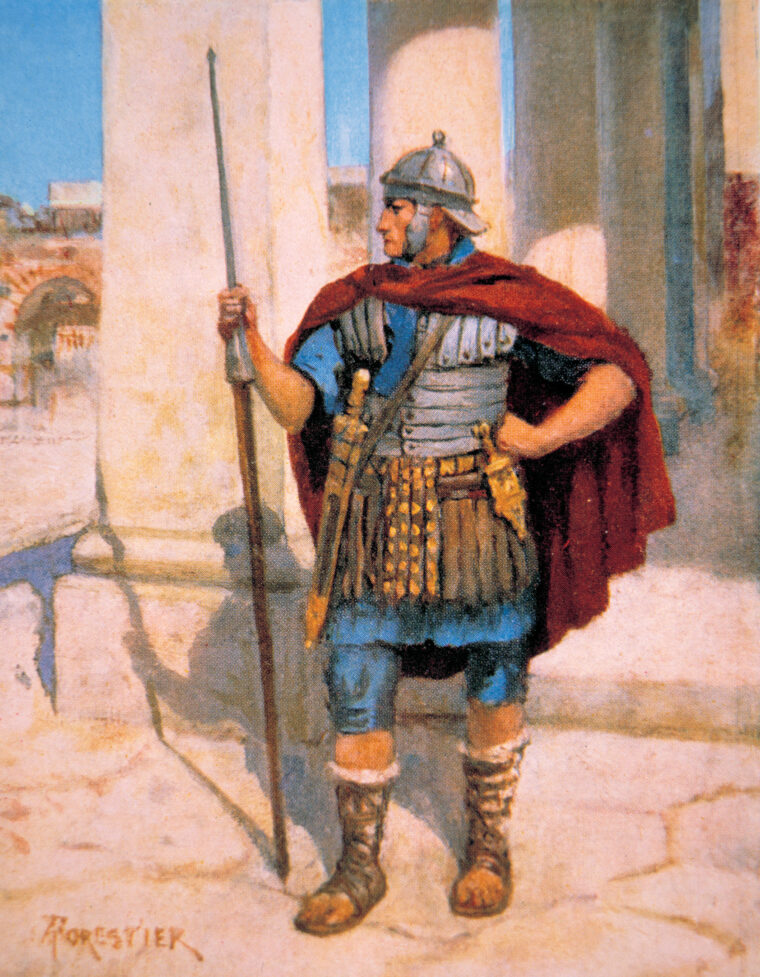
The Gladius Hispaniensis was so-named because it was derived from a sword used by the Celtiberians of Spain, a people of mixed Celtic and Iberian blood. These were fervent enemies of Rome; as such, they likely introduced the short sword to Romans in much the same dreadful fashion as the latter had made it known to Philip and his Macedonians.
When this occurred is open to debate. Some scholars believe that the Romans adopted the gladius during the Spanish campaigns of the Second Punic War, consequent to encounters with the gladius-armed Celtiberian infantry serving under the Carthaginians.
But it is clear from the writings of Polybius, concerning the Gallic War of bc 225-220, that some sort of short sword was by then the legionary’s standard weapon: In combat with Gallic warriors, who were armed with long-bladed swords (about 30 inches) suitable only for slashing, Polybius notes that the Romans “made no attempt to slash and used only the thrust, kept their swords straight and relied on their sharp points.” It is a tactic for which, in the circumstances of close-quarters combat with the Gauls, a gladius-type short sword alone could be employed effectively and with the degree of success that Polybius describes.
That being the case, it becomes possible to push the Spanish sword’s adoption date back to the First Punic War (bc 264-241). But even this seems too recent, given that the Roman army’s tactical system was by then predicated on the use of a short sword. An earlier date, perhaps considerably earlier, is more likely. The fourth century is not an unreasonable conjecture: It is quite possible that Latin armies of the period were given a pointed introduction to the short sword by Celtiberian mercenaries fighting for the Etruscans and the Greek polities of southern Italy. After experiencing first-hand the carnage it was capable of inflicting, the Latins, in particular the Romans, were no doubt swift in producing their own copies.
One must view this change in its historical context to understand why it occurred. In its long history the Roman army underwent numerous reforms; arguably the most important occurred over the span of several decades in the fourth century bc, when it abandoned the Greek- and Macedonian-model infantry phalanx as its primary tactical formation and arm of decision.
In wars against the Gauls and the Samnites of central Italy, the phalanx-based Roman legions had proved too cumbersome in reacting to tactics and terrain that were unfavorable to phalanx warfare. At the Battle of the River Allia (bc 390) [see Military Heritage June 2000 issue], the swarming tactics of a Gallic tribal horde overwhelmed the legions, resulting in their annihilation.
In the Samnite Wars (bc 340-293) the rugged Appenine Mountains, where the wars were fought, underscored the phalanx’s inherent inflexibility in anything less than optimal conditions. Uneven ground disrupted the phalanx’s dense and deeply ranked mass of pike-wielding infantrymen: The formation lost the tight cohesion on which the effectiveness of its so-called hedge of spears depended.
Much the same result was achieved by tribal warriors with their swarming attacks. The phalanx simply could not maneuver fast enough to deal with the simultaneous multidirectional onslaughts so characteristic of tribal warfare. It was incapable of the rapid turning movements, troop transfers and small-unit maneuverings required to counter enveloping assaults on its flanks and rear.
A determined frontal assault pretty much fixed the phalanx in place and direction. Once battle was joined it became impractical if not impossible to alter course or detach units for maneuver purposes. Either measure weakened the phalanx: by causing organizational chaos (phalangists, packed shoulder to shoulder, stumbling over each other as they tried to change position); by reducing the number of points in the “hedge”; and by reducing the formation’s weight, which generated the energy need to drive those points forward.
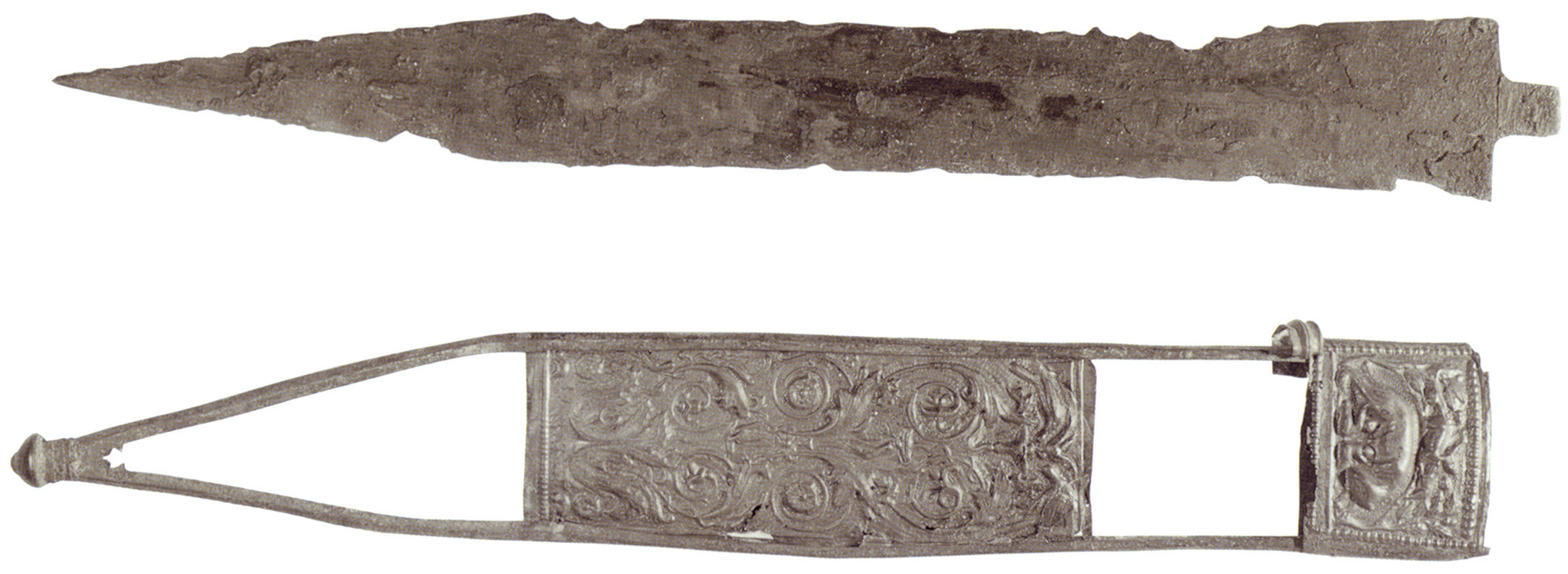
As a rule, therefore, the phalanx could operate successfully only on flat ground against another phalanx. But because the Gauls and the Samnites did not play by this rule, the Romans responded by changing the way the game was played.
The Romans replaced the phalanx with a more open tactical system. Essentially what this entailed was the division of the phalanx-based legion into smaller, more manageable units. Originally the open system’s basic tactical unit was a 120-man maniple (from Latin for “handful”) composed of two 60-man centuries. The first century bc reforms of Gaius Marius supplanted the maniple with the 480-man cohort composed of six 80-man centuries. But the principle remained the same: the use of smaller units to enhance the flexibility and maneuverability of the larger force, be it legion or an army comprising several legions.
This was accomplished by arraying the units in a gapped formation: that is, the units in a battle line were separated by gaps, which allowed them to operate both in support of each other or independently, as circumstances warranted. Gone was the legion’s configuration as a deep and densely packed phalanx (although the Romans would continue to array their rearmost battle line in a phalanx until Marius did away with it altogether).
Because the open system obviated both the grouping and function of the “hedge of spears,” the Romans discarded the phalanx’s trademark long pike, replacing it with a heavy seven-foot javelin, or pilum (pl. pila), which, launched early in the action, became the legionary’s secondary weapon. The round hoplite shield was replaced by an oval (later, rectilinear) shield, the scutum (pl. scuta). The legionary’s primary weapon became the short sword.
Early models of the gladius were two feet long or more. Over time the Romans found that they preferred a shorter sword with a longer point, ideal for thrusting, less so for cutting. The design was modified accordingly, with two main patterns produced, the “Mainz” and “Pompeii” types.
The older Mainz type typically had a 22-inch blade, including an eight-inch triangular point. The blade was slightly waisted, tapering to widths of three inches above the waist and two-and-a-half inches at the hilt. The tang was covered by a hardwood pommel; the hilt, which was about four inches long, featured a grip, usually made of wood but sometimes of bone or ivory, with finger grooves and a bronze pommel nut. Total weight was about 1.8 pounds.
The Pompeii type began appearing in the first century ad. This pattern was shorter than its predecessor, with a blade between 16 and 20 inches long. The point was also shorter and the edges were straight—no waisting or tapering—thus increasing its utility as a chopping weapon.
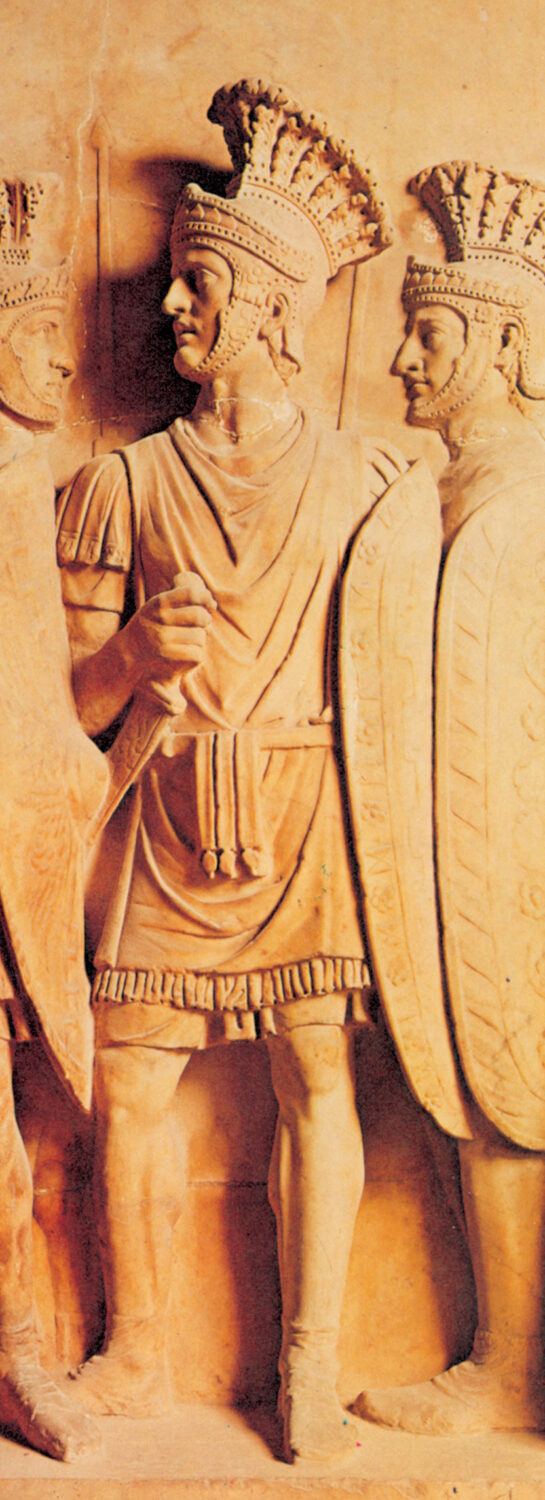
The gladius was carried in a scabbard made of wood, usually with a leather-covered sheath and a metal mouth and chape. The outside of some sheaths were covered with a thin metal sheet, usually of tinned bronze, and most had decorative metal fittings. The sword was commonly worn high on the right hip.
Whatever the variant, the gladius is, in appearance, quite unimpressive, an inelegant thing, short and stout, the snub-nosed .38 revolver of swords. But the Romans, a practical people, were unperturbed by its lack of aesthetic appeal. Aesthetics did not matter. What mattered were results. And the gladius produced results.
Therein lay the true beauty of the gladius, although the Romans were unlikely to have used such phrasing in articulating its merits. The concept of beauty was inapplicable. Beauty was to be associated with the human form, and with art, for instance, sculpture and architecture.
The gladius was not art. It had no intrinsic value beyond its function. It did not inspire feelings and emotions. For the Romans did not revere their swords as did many barbarian peoples. They did not give them fearsome names nor did they imbue them with a virtual soul and personality. They did not treasure them as family heirlooms to be passed down from father to son. If a gladius were irreparably damaged its owner would not think twice about casting it aside. There were no sentimental attachments. It was a mere tool, an instrument for killing.
And as such an instrument it was without equal. The are several reasons. In the first place it was well made. Forged from high-grade steel, the blade was extremely strong, rarely breaking in combat. In bc 192 a Roman army commanded by the proconsul M. Fulvius captured the Spanish city of Toletum, modern Toledo, producer of the finest steel of the age. Shortly thereafter Roman weapons manufacturers were fashioning gladius blades of Toledo steel, further enhancing the sword’s tensile strength.
Second, the gladius was well balanced: it had good heft, just the right amount, not too heavy and not too light; hence it could be wielded easily, swiftly, but also forcefully. A solid thrust by a legionary of average strength could be delivered at a speed of 28 feet per second, striking the target with a 21.3 foot-pounds of energy.
Admittedly most metal body armor was impervious to such thrusts. To pierce an iron or even a bronze cuirass, for example, the legionary would have to generate upward of 251 foot-pounds of energy, a human impossibility. But the legionary did not stab at his foe’s armor. He was trained, assiduously and exhaustively, to thrust at the exposed areas, those parts of the body where protection of any sort, be it metal, leather or lamellar, was either minimal or absent: that is, face and throat, abdomen and groin, limbs and armpit.
But the real keys to the effectiveness of the gladius were the skill of the Roman legionary who wielded it and the tactical system in which he operated. The entire purpose and direction of the Roman system was to bring the legionary into close-quarters combat with the enemy.
In other words, tactical considerations determined the legionary’s weaponry and its use; even as the weaponry determined the development and configuration of (and subsequent changes to) the tactical system. The means and methods of getting the legionary to that precise stage of battle where he was thrusting his gladius at the enemy might vary: fighting a disciplined Greco-Macedonian-style phalanx necessarily required a different approach from attacking (or defending against) a disorganized host of wild Celtic or German tribesmen. But once the gladius was drawn from its scabbard, it was more or less the same everywhere, regardless of who the enemy was and how he fought.
The historian Robert O’Connell, in his brilliant book, Of Arms and Men (1989), famously observed that the gladius accounted “for more deaths than any other weapon prior to the advent of firearms,” and likened the action of a Roman legion in battle to that of a buzz saw.
On the first score he is probably correct, but the buzz-saw analogy, although vivid, misses the mark. The reality is (arguably) more terrifying. But there is no analog for it. In lieu of an analog one can only reconstruct what happened when a legion came to grips with its enemy. When the front ranks of the opposing armies had closed to within 25 yards of each other the foremost legionaries discharged their pila. The purpose of the pilum cast was not to kill but rather to disrupt the enemy battle line.
Hence it was unimportant whether the pila struck a man or his shield. The shield was actually the intended target. The pilum, which was made of a long shank of soft iron affixed to a wooden haft, was designed to break on impact with the shield at the juncture of haft and shank. The shield, with the shank now stuck in it, was useless, an encumbrance. The shield’s owner had two choices: toss it aside and fight without it; or toss it aside and run away.
What he could not do, what he dared not do, was attempt to wrest the shank from shield. There was no time for that. The instant after the legionaries threw their pila they drew their swords and rushed at the enemy. The legionary drew his sword with his right hand from the scabbard that rode high on his right hip. This motion may seem counter-instinctual and difficult, but in fact it was easily accomplished. While reaching down for the sword he rotated his wrist a quarter-turn counterclockwise; that is, to the left, with thumb down and palm out, facing away from the right side of the body. The hilt was grasped, the sword drawn from the scabbard, whereupon the legionary dropped his hand, bringing the sword down to his side with point facing the enemy, ready for action.
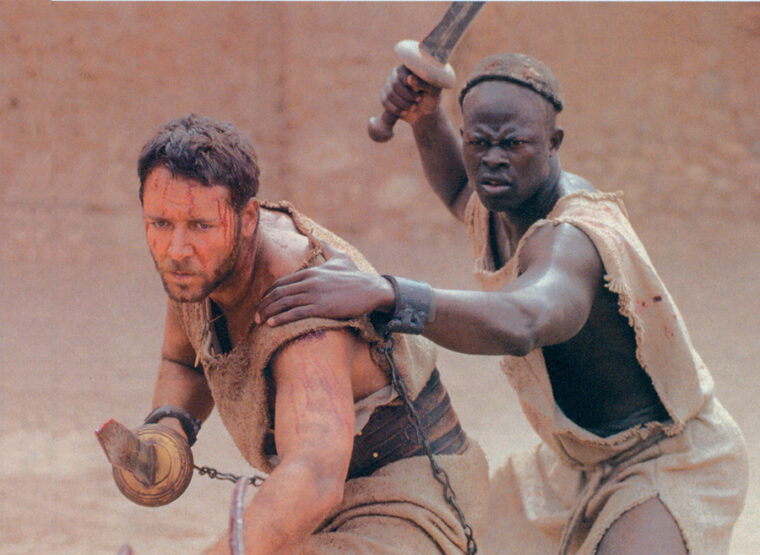
It was all done in three fluid motions: reach, draw, drop. The shield, held by the left hand, never moved; the body remained covered. This method was superior to one that would have the legionary reaching across his body to draw a sword worn on the left side: such a move would have him shift his shield left, thus exposing the right side of his body to the enemy’s javelins and arrows.
The legionary was a sword fighter but not a swordsman: there was no dueling, only thrusting and, when the opportunity presented itself, chopping. He might proceed thus: thrust, thrust, chop, thrust; then, when his adversary went down, he would step forward to engage the next man, battering and shoving with his scutum (shield). These actions did not mimic a buzz saw: It did not occur with anything resembling a buzz saw’s blurring speed and whizzing, clean-cutting efficiency. But it was certainly machinelike. Seen from above, the sword arm of each front-rank legionary, thrusting and withdrawing again and again, would have a pumping or punching quality, like piston strokes. Hundreds of these piston-strokes would be occurring simultaneously: the legion would seem to be chewing or grinding, relentlessly and inexorably, through the enemy formation.
If the legionary were fighting tribal warriors armed with long slashing swords (the Celts, for example), he might choose to make his first thrust at a foeman’s armpit. It was an especially vulnerable spot. The slashing motion required in the use of such swords entailed an initial raising and/or swinging back of the sword-arm, thus exposing the always-unprotected armpit and usually a portion of the upper-side rib cage as well.
The Romans developed a wickedly effective tactic for dealing with the situation. When bodies of Roman and Celtic troops collided (and the manner of their meeting usually was a collision, with the Celts running full-tilt into the Roman formation, howling their war cries, whirling their long swords over their heads), each legionary would thrust at the armpit not of the warrior confronting him but rather at the foeman to the legionary’s immediate front right.
In doing so the Romans were capitalizing on nature’s predilection for right-side body dominance; and on the fact that left-handed swordsmen were commonly trained to fight right-handedly, so as to preclude the desynchronous and potentially harmful movements of a man swinging a sword left-handed in a mass of mostly right-handed men.
In the event that the warrior got the drop on his opposite number, his descending overhand blow would usually clang loudly but ineffectually off the legionary’s helmet or upper body armor, or the iron rim of his scutum.
At this juncture the warrior’s prospects were almost nonexistent. He would find himself standing literally toe to toe with his opposite number, as the legionary had intended. The warrior could not deliver another blow because the legionary stepped inside his slashing arc. He could not stab at the legionary: There was not sufficient space with his long sword to pull his arm back preparatory to making the thrust. He was, in fact, doomed. In the next instant he would either be killed or wounded unto death.
Whether the foeman was a Celtic warrior or Macedonian phalangite, the fatal thrust’s surface wound area would be small, about .5 inches, but it would be deep. Arteries would be severed, vital organs pierced or scrambled. If the legionary’s opponent somehow managed to parry the thrust he would, in doing so, leave his arm exposed: and the legionary might then chop it off, hacking at a speed of 60 feet per second, with an impact energy of 101 foot-pounds. The gladius would slice through the arm’s flesh and bone as if through butter.
The grisly surgery of thrusting and chopping would be repeated over and over until the enemy army was annihilated or its troops broke and fled from the battlefield. The individual gladius-armed legionary was a meat grinder not a buzz saw; the legion, a grinder of armies—and of nations. Thrust, thrust, chop, thrust, step, batter and shove: in this fashion the Romans conquered their world.
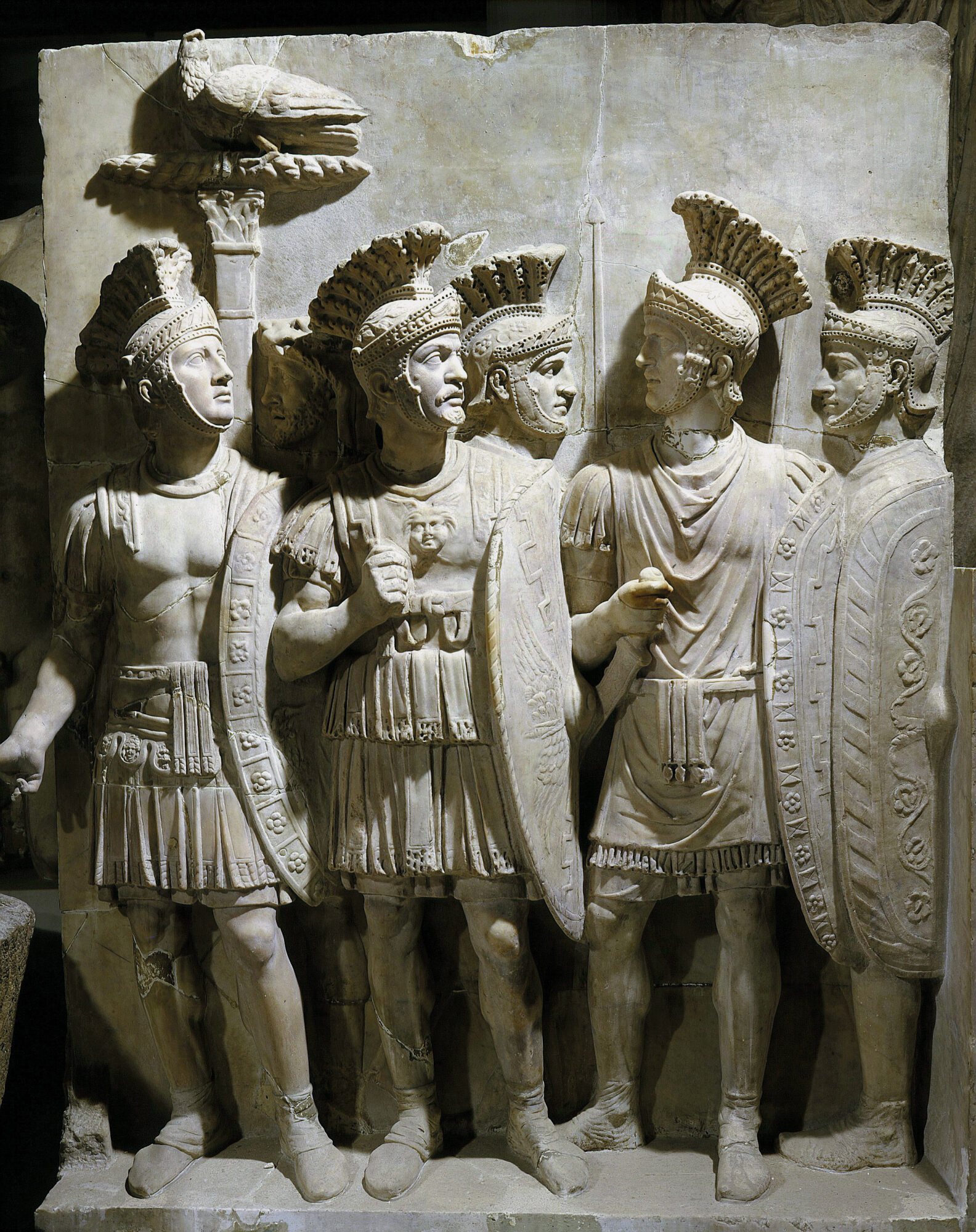
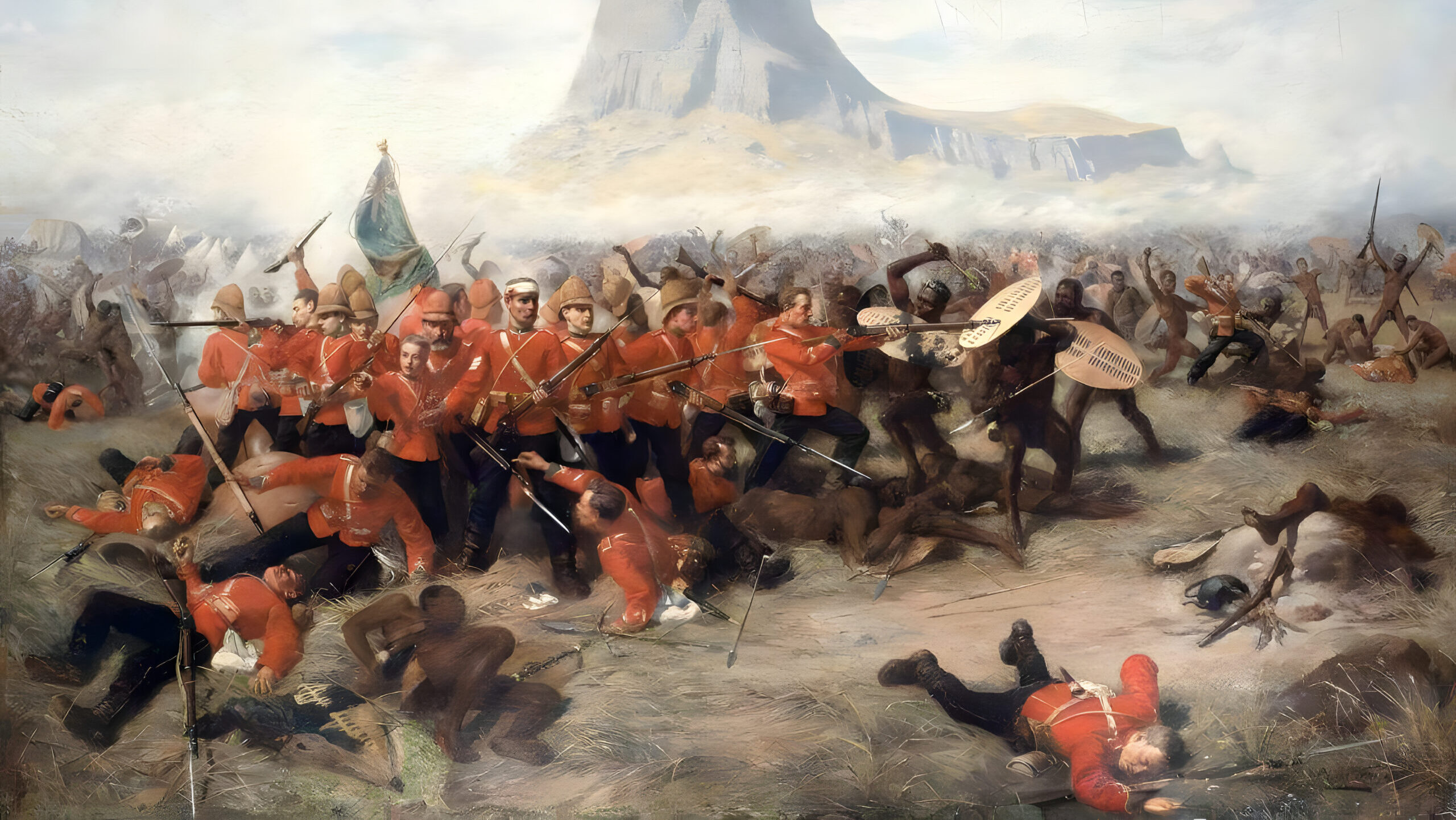
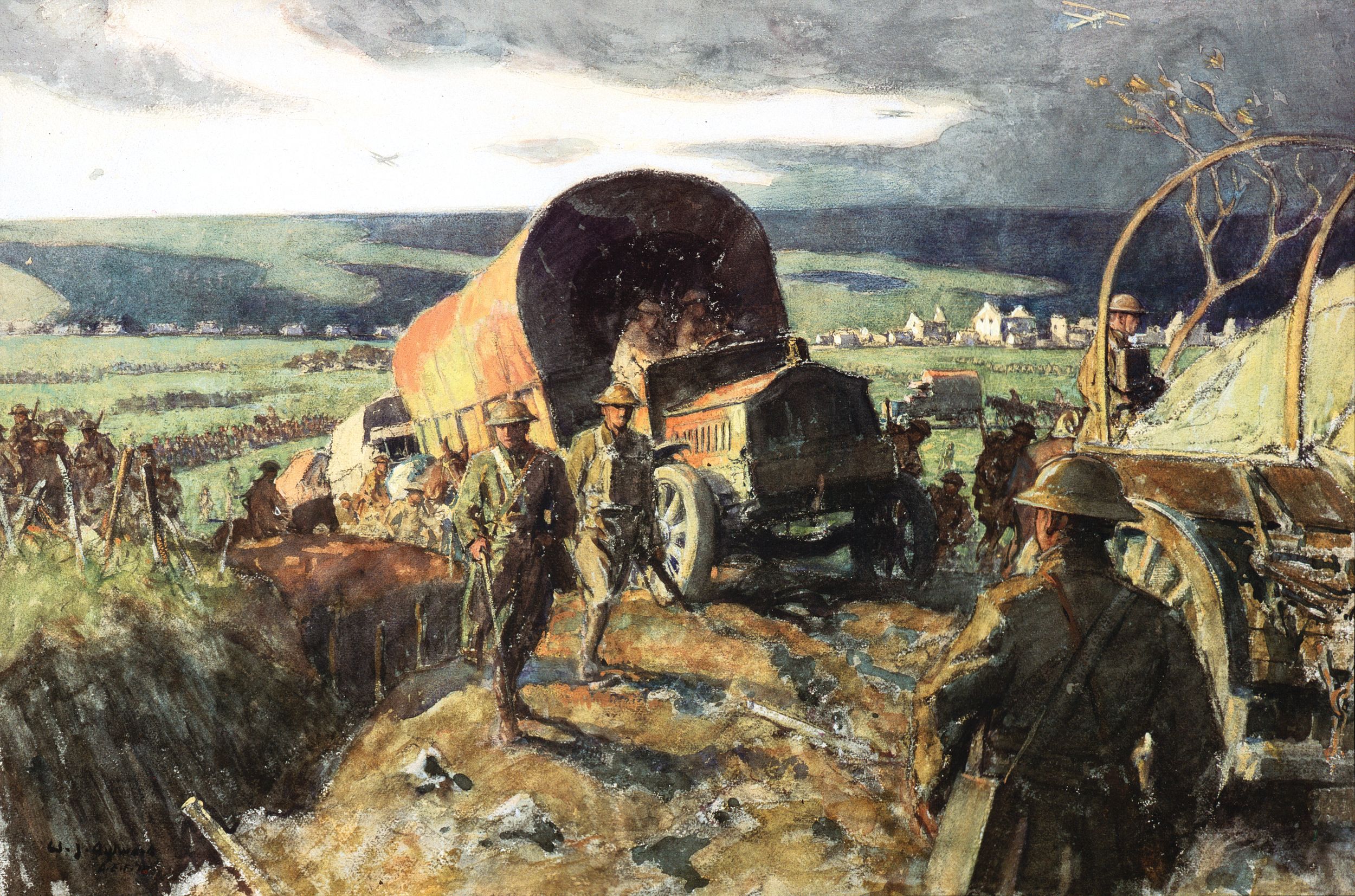
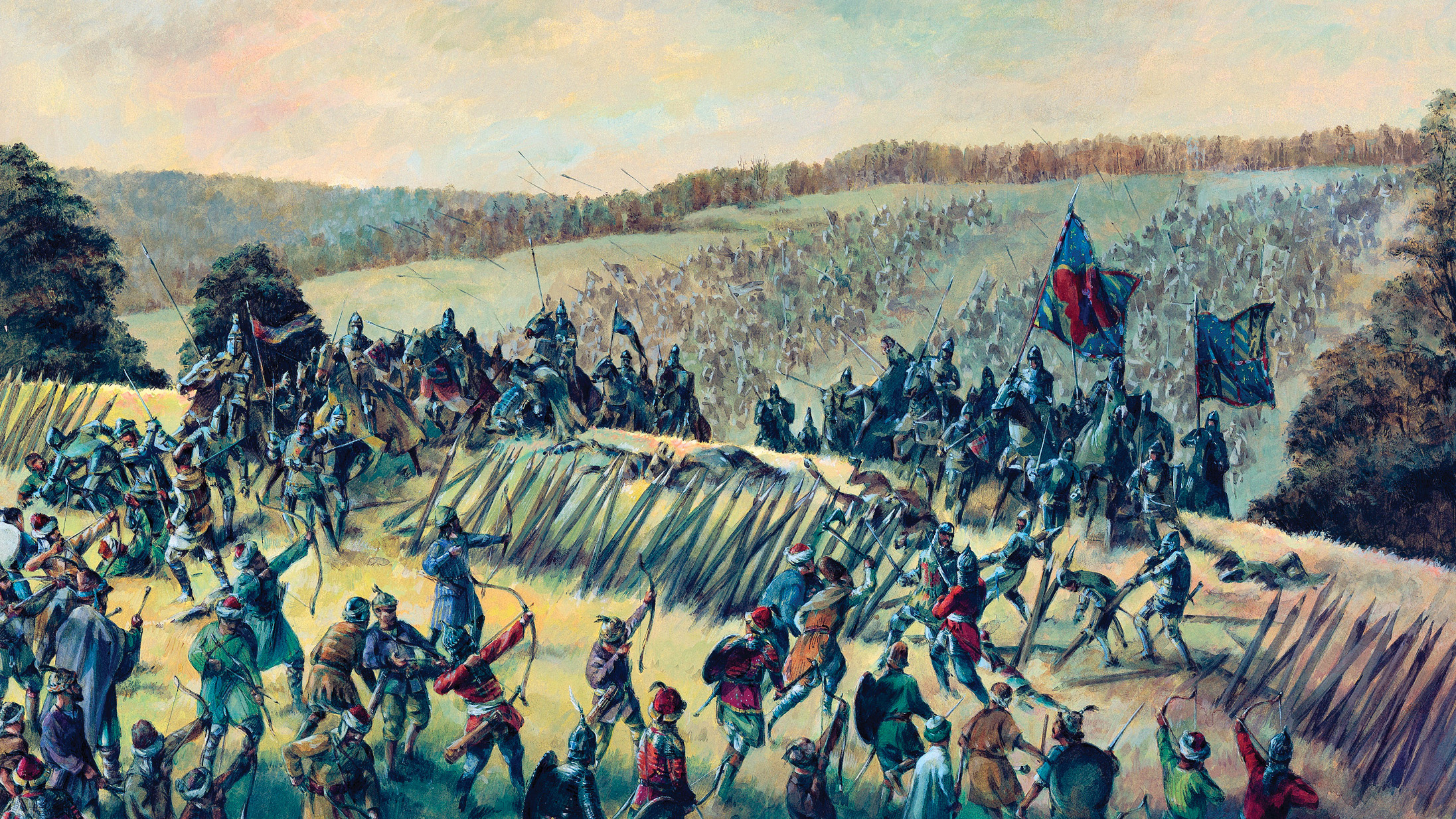
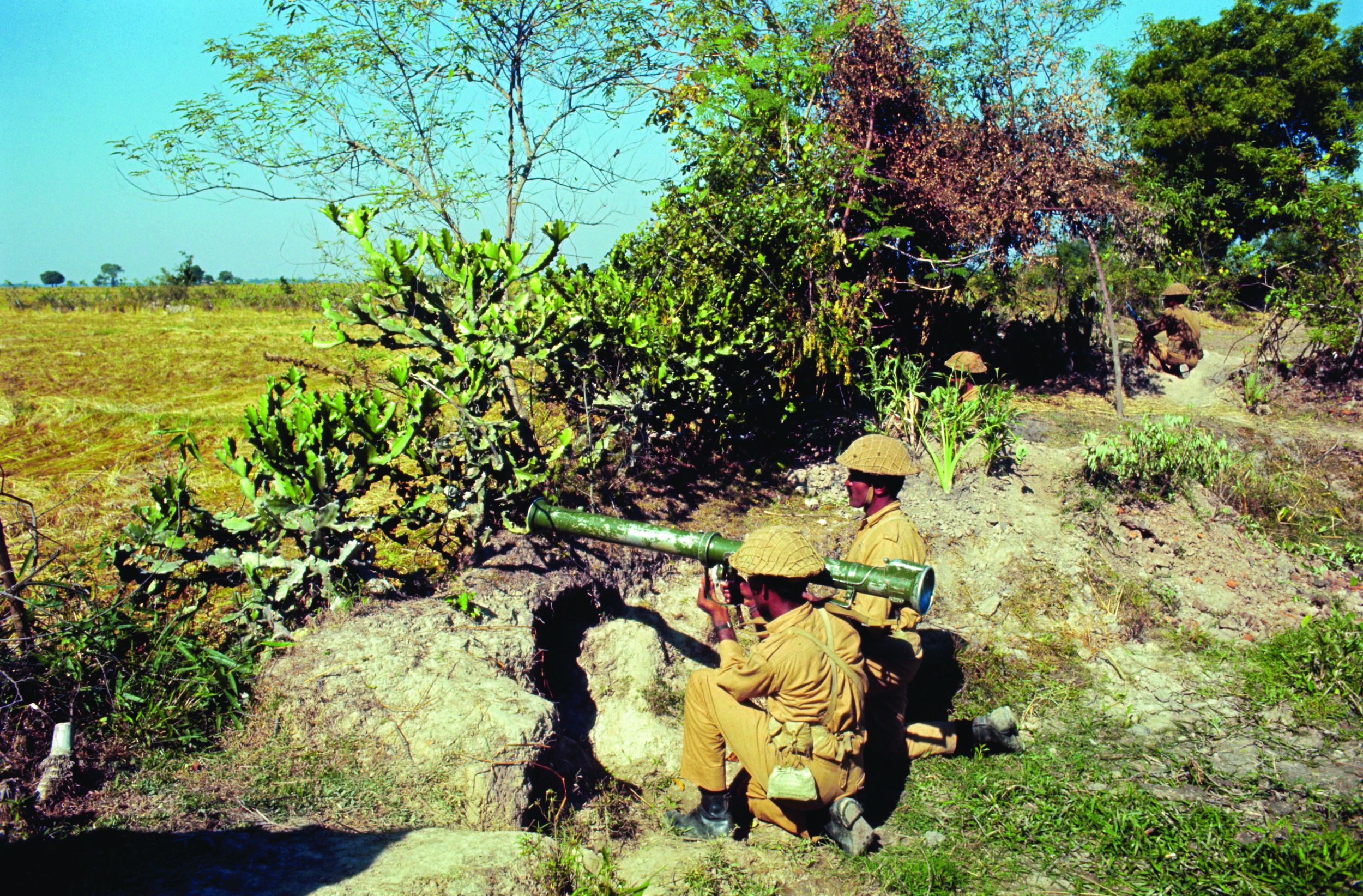
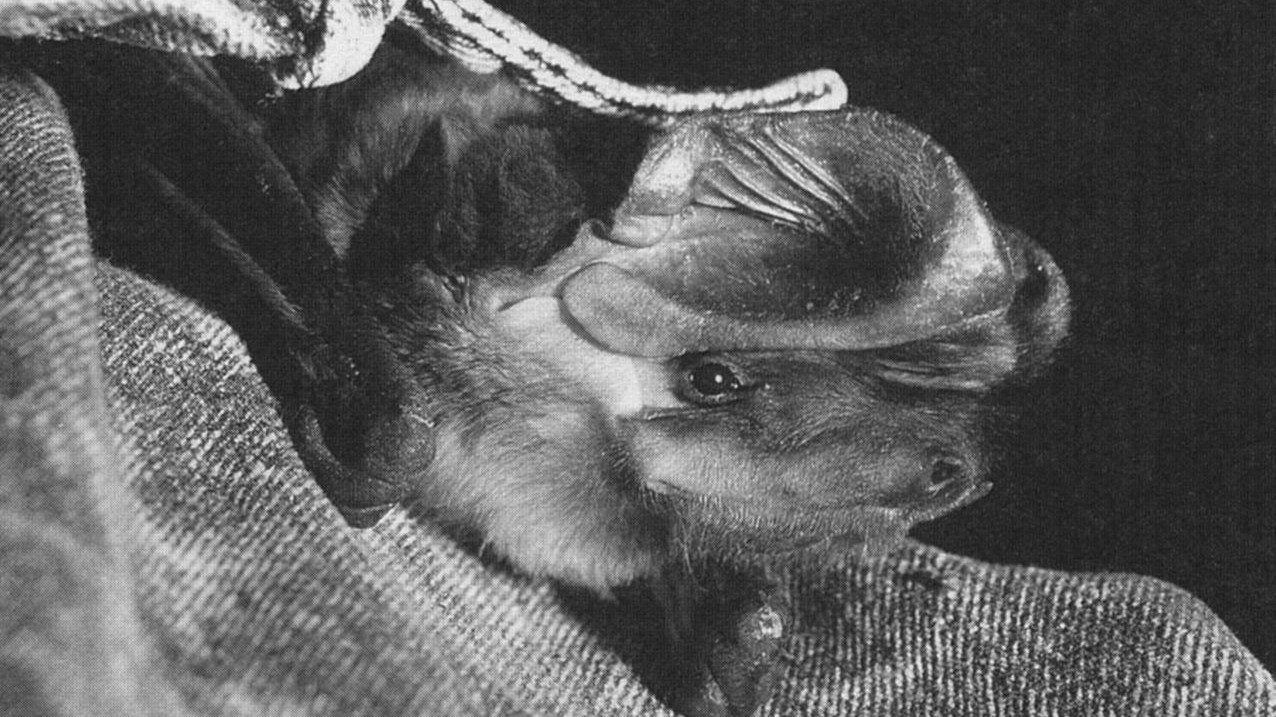
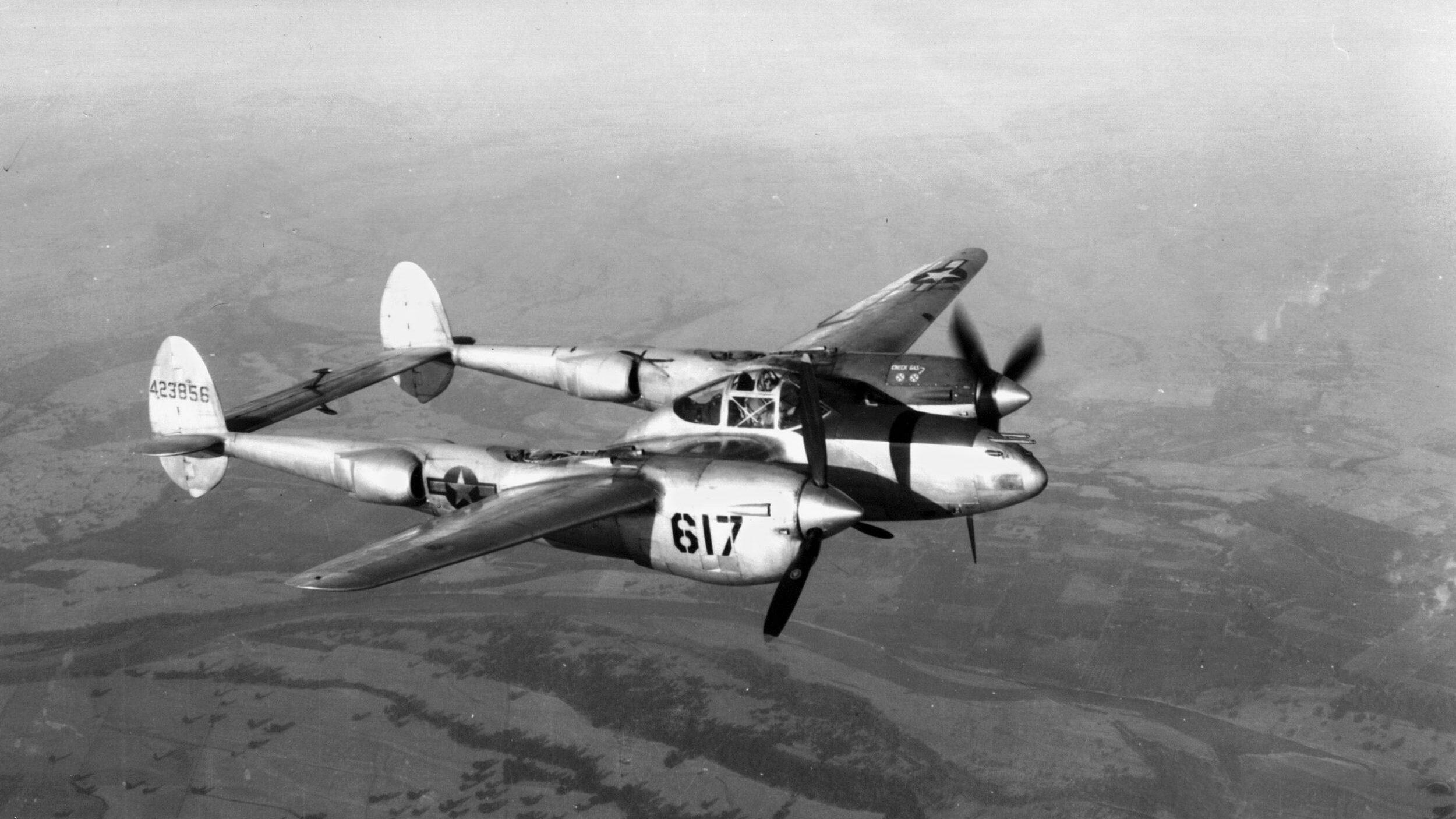
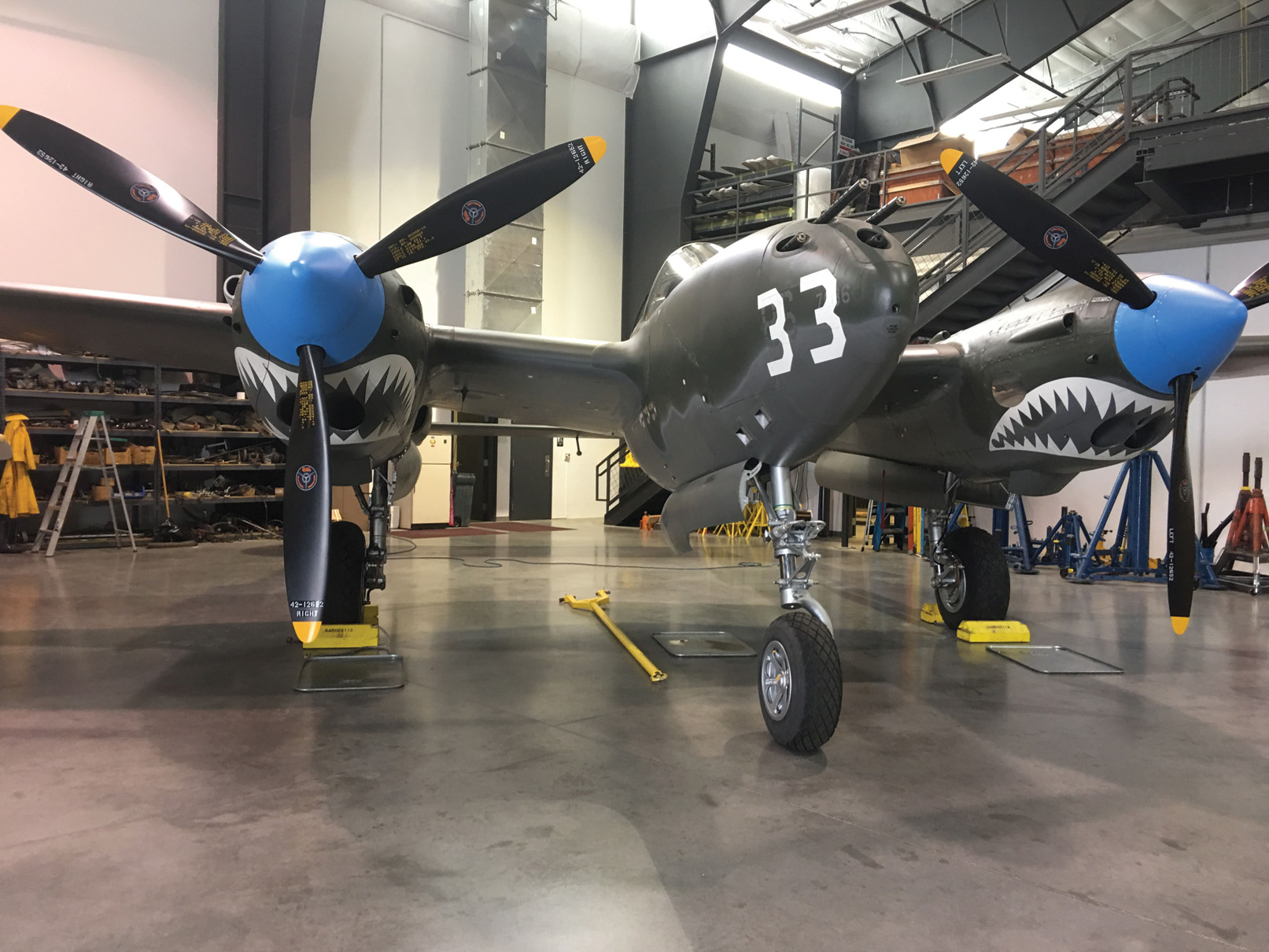
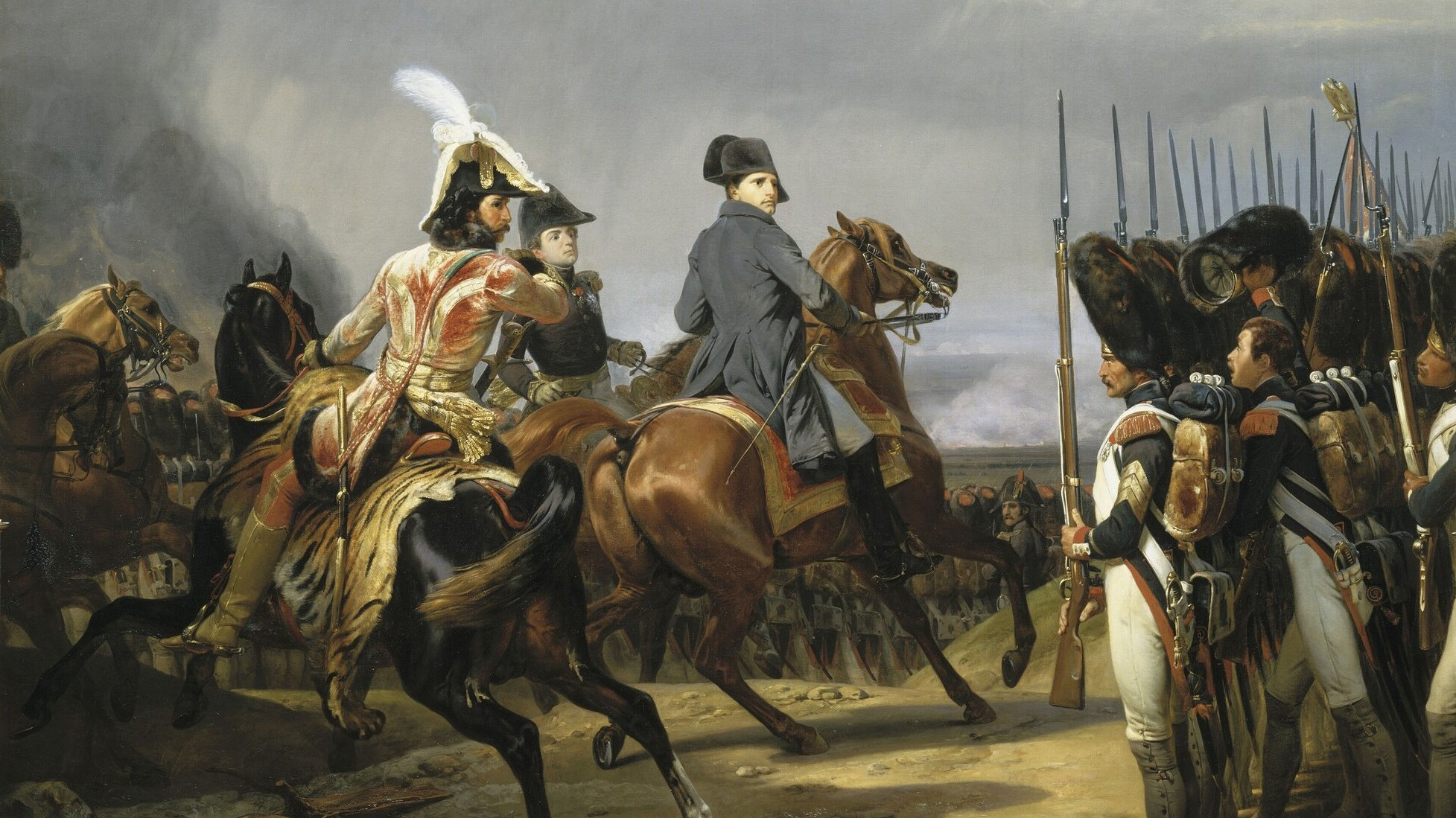
Join The Conversation
Comments
View All Comments